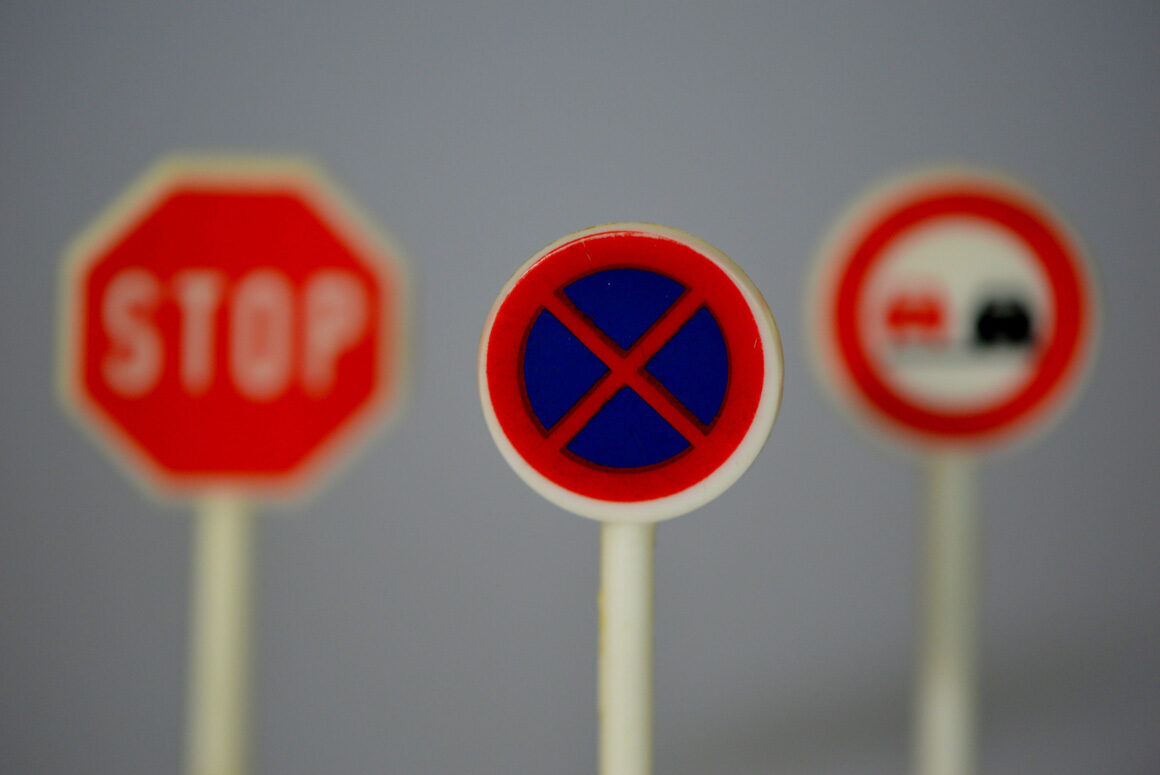Since Wales is in The UK, the rules and regulations for the prohibition signs are the same in most cases. However, there can be some differences or variations. That’s why we have decided to bring you the complete list of the important regulations to consider or be aware of before you use prohibition signs:
1. Using Health & Safety Signs
You’re free to use the Health and Safety signs to ensure the safety of the people in the area. The Health and Safety (Safety Signs and Signals) Regulations 1996 allows you to use them as you deem fit.
These signs can also be enforced by you or be legally binding to prevent any liability claim towards you.
2. ISO 7010 For Prohibition Signs
In Wales, the design of the signs has to follow the International Organization For Standardization (7010). These design practices help people understand the safety sign and ensure consistency in different countries. If the sign doesn’t match ISO Standards, it is a faulty sign and can also lead to legal repercussions.
Hence, make sure to hire qualified designers or buy from credible sources. For example, you can click here to explore prohibition signs.
3. Prohibition Signs For Fire Safety
The Regulatory Reform (Fire Safety) Order 2005 clearly denotes the use of prohibition signs for safety, especially against fire. Therefore, prohibition signs like ‘No Smoking, No Matches Allowed’ and other similar options can be added to ensure safety in the non-domestic premises.
In short, commercial sectors like schools, hospitals, industrial spaces, and office workplaces should all use No Smoking and other prevention signs wherever it is necessary to comply with the guidelines and prevent any legal problems or fire hazards.
4. Prohibition Signs For Road & Traffic
For the road and traffic prohibition signs, it is important to follow the regulations set up by Traffic Signs Regulations and General Directions (TSRGD) 2016. It will help you understand the design requirement, placement, and other uses of signs. You will also understand the application process for the prohibition signs.
This applies to Stop Signs, No Parking Signs, and any other kind of Prohibition Sign. Restricted Access signs to Private Property does not fall under this category.
5. Language For Prohibition Sign
It is important for all the signs, especially prohibition signs, to have bilingual signage. Therefore, it should cover English and Welsh Language for clear communication and instructions. The design (Symbols) can be as visually understanding as possible, but the language needs to be Bilingual.
If you want, you can add more languages to the prohibition signs, but English and Welsh and compulsory for all the signs in the area.
6. Rights For Private Property
The General Principles of Property Law and rights of property owners allow anyone to add any kind of prohibition sign on their private property. Property Owners also have the right and power to create rules and restrictions that they deem fit for their private property.
They can control access, prevent trespassing, and prevent any kind of behaviour or action, pets, or items. However, while property owners have the freedom to establish rules, they need to comply with the bilingual requirement to provide clear instructions to visitors on their private properties. Landmark agreements might require a different approach.
The Bottom Line
It is paramount for everyone to stay up to date regarding the prohibition signs, rules, and regulations. If you’re unsure about the laws, you can consult with a lawyer or discuss them with the relevant administration for clear assistance. Make sure to invest in top-grade signs and even if you opt for custom designs, make sure they comply with the regulations given above.


